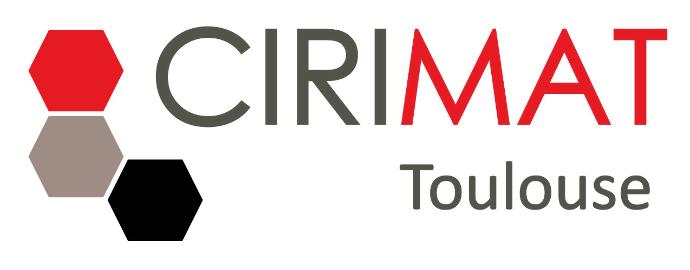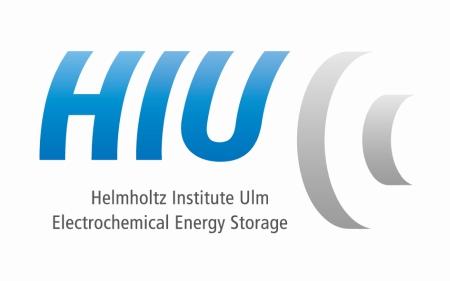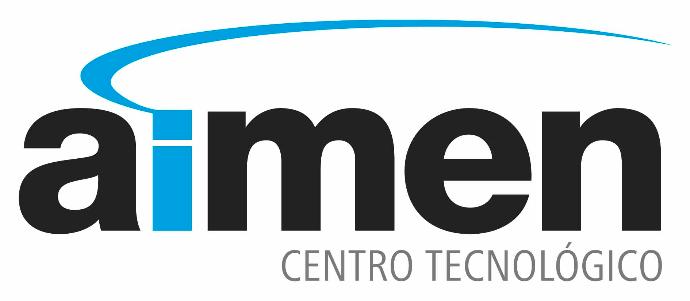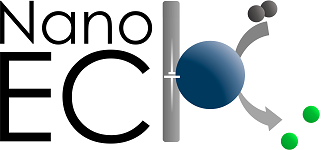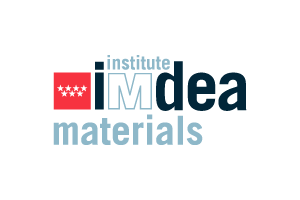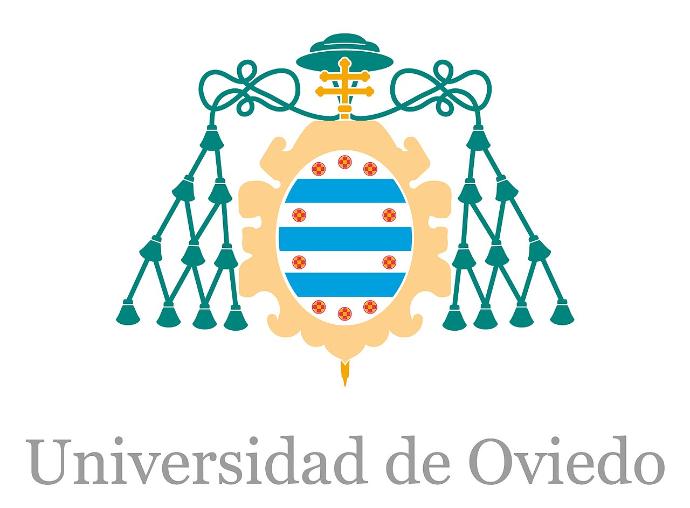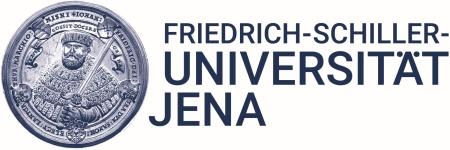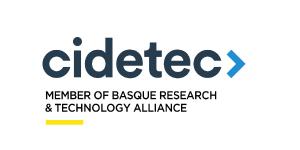
The stand-alone impedance analysis software RelaxIS offers extensive capabilities in handling impedance data, plotting it in various different representations (Nyquist, Bode, custom) and transfer functions and fitting the spectra to equivalent circuits or physical models (including Autofitting capability).
RelaxIS also allows further evaluation of the fit results, e.g. creating custom plots of fit results vs. metadata (e.g. temperature) or by performing built-in Arrhenius- and VFT fits.
The included Circuit Simulator is also extremely helpful in teaching impedance spectroscopy by giving the ability to free define, plot and change simulated data of equivalent circuits or other models.
Confortable evaluation
Focus your attention on the results and not on how to obtain them (including Auto fitting capability).
Fast and Powerful
RelaxIS3 allows quick evaluations of large amounts of spectra by combining powerful fitting algorithms with a modern user interface for results analysis.
Multipurpose
Extensive capabilities in handling impedance data, plotting (Nyquist, Bode, custom) and transfer functions and fitting the spectra to equivalent circuits or physical models.
Main Features
RelaxIS supports binary data formats from many manufacturers of measuring devices.
Files can be easily loaded by drag & drop into RelaxIS. This skips the need to first export and reprocess the measurement data before it can be used. This functionality is continually developed, since it is an important factor in the increase of efficiency during everyday’s work.
RelaxIS manages not only raw impedance data, but also additional metadata like temperature, or DC bias for each spectrum. The data can be loaded from the file, or manually attached later. Metadata is used in various advanced evaluation features.
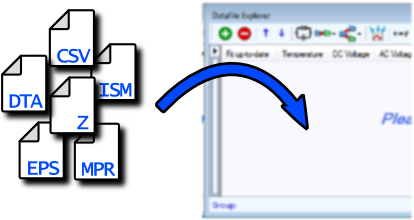
Native support of numerous impedance data formats
hcDLL (rhd instruments GmbH & Co. KG)
Nova RelaxIS Export Format
IDF (Ivium Technologies)
Nova .NOX (Metrohm(c))
.EPS (Novocontrol WinDETA(c))
Novocontrol WinDETA(c) ASCII export file
.ISM (Zahner Zennium(c))
.MPR (BioLogic EC-Lab(c))
Z (Scribner ZView(c))
.DTA (Gamry instruments(c))
Digatron .CSV Export
.IDF, .IDS (Iviumstat)
.SPEC (Sciospec)
Solartron Modulab ZView Export
.PSESSION (PalmSens BV PSTRACE)
Spectra can be plotted in different views like Bode or Nyquist plots as well as in various transfer functions like impedance or admittance.
Combined plots of multiple spectra and 3D graphs can be created, allowing for an easy comparison.
All graphs can be exported into image or vector graphic files or as raw data.
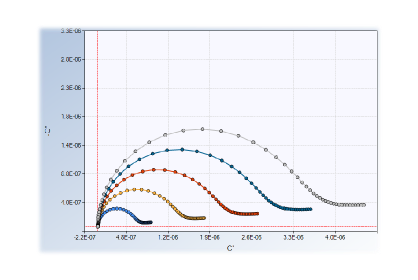
An arbitrary number of spectra can be loaded into RelaxIS. Each spectrum can be assigned to one or more equivalent circuits.
The ease of testing different models for fitting your data improves the ability to explore possible interpretations of the measured processes.
Besides all common equivalent circuit elements, RelaxIS also features common Transmission Line Models (TLM) and a custom TLM-builder.
Further user-defined elements can be added via the RelaxIS plugin system, that allows you to program your own models in C# or VB.NET

RelaxIS offers powerful tools to initialize fits, like painting shapes into the data or a genetic algorithm to assist in the initialization of the parameters.
In addition, it is possible to evaluate particular types of spectra fully automated using the fit wizard. These include conductivity measurements or battery spectra. Here, only minimal user interaction is necessary.
If larger data sets are analyzed, a batch fitting routine can be applied. It enables the evaluation of related spectra with only a single adjustment of the initial values. Depending on the application, the analysis of several dozen spectra per second is possible.
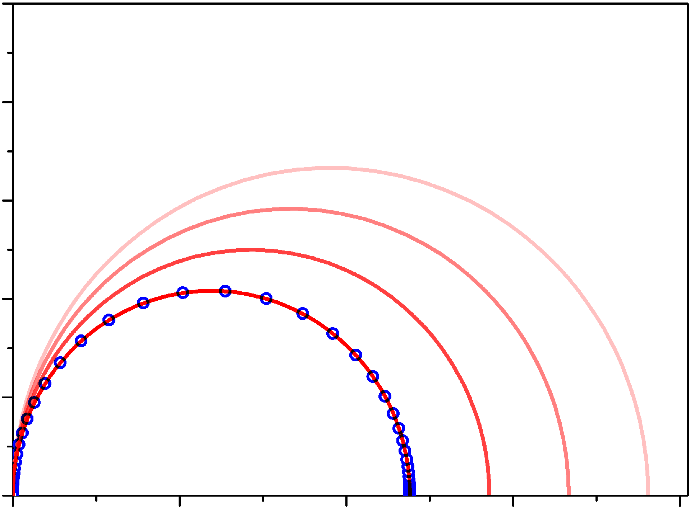
Tired of manually adjusting parameter values until the fit works?
The RelaxIS Auto Fit feature does it for you. Simply choose a model, and the Auto Fit takes care of the rest.
Employing a powerful genetic algorithm optimized for use with EIS spectra, most models can be fitted very reliable out of the box.
For the very hard cases you can take full control over the parameters.
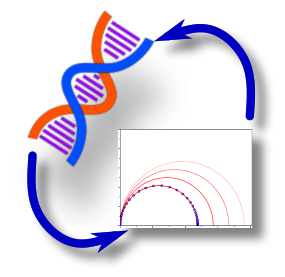
RelaxIS can calculate the distribution functions of time constants for your spectra. Multiple spectra can be selected at a time for batch processing.
In the DRTs you can perform peak-picking and integration and export these results for further use.
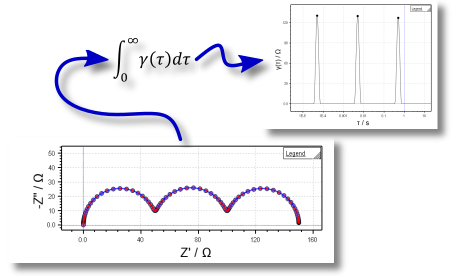
RelaxIS 3 allows you to further evaluate the model parameters you obtained from fitting to equivalent circuits.
The parameters can be plotted, recalculated and fitted as a function of metadata variables such as temperature or DC bias.
This allows for example the fitting of temperature dependent data to VFT- and Arrhenius-models, but extends the functionality of RelaxIS 2 by allowing other, arbitrary models as well.
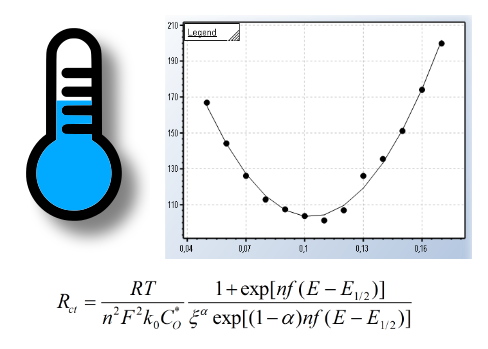
A fast and easy export of the data into other applications is essential. For this purpose, RelaxIS provides extensive possibilities to export the various data into easy-to-use data formats.
Besides the pure fit results, also data like spectra with fit curves, circuit images and all other sorts of plots can be placed into text files or the Windows clipboard.
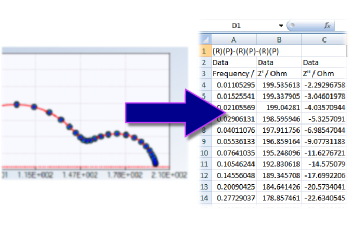
In addition to the raw data export into text files it is also possible to create rich reports about the evaluated spectra.
These reports are fully customizable and can contain graphs, evaluation results or metadata about the spectra.
The reports are HTML based and therefore very flexible.
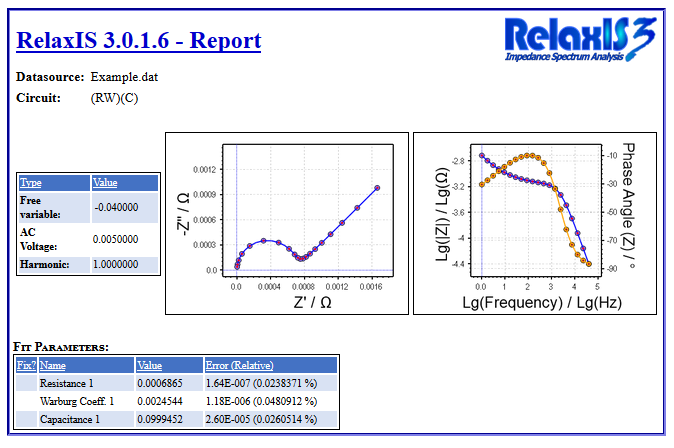
It is possible to create plugins for RelaxIS by using the RelaxIS SDK.
The plugins can extend the functionality of RelaxIS with new transfer functions, circuit elements, file formats and more.
The plugins can be written in C# or in https://vb.net/ using either a third-party IDE or an integrated code editor.
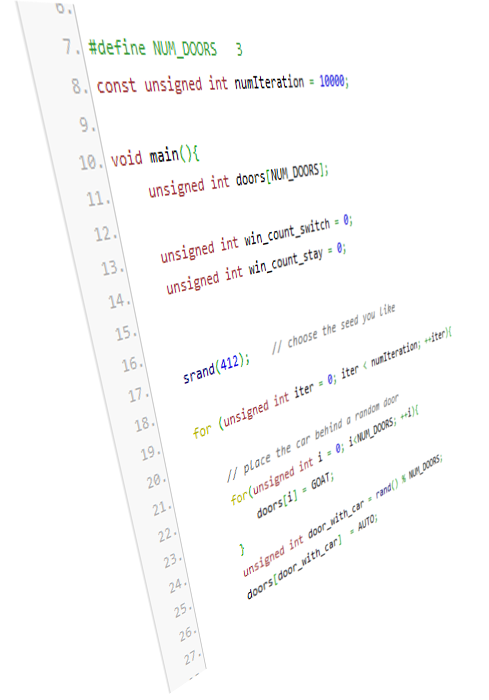
RelaxIS Remote allows you the completely autonomous evaluation of measured data.
Data can be sent from external devices through either FTP or WCF connectivity to RelaxIS.
The data is then evaluated and stored based on settings defined by the sender. Afterwards the results can be sent back to the sender as raw data and/or reports.

Besides the pure fits and circuit diagrams, RelaxIS offers numerous additional helpful tools. These include for instance automated fits of the fit results to temperature-dependent functions (Arrhenius / Vogel-Fulcher-Tamman).
A simulation software for calculation of circuit data, parameters and measurement conditions is a useful implement in research as well as in employee training.
Residual analysis or a linear Kramers-Kronig check assists in the evaluation of the quality of measurement data and fits.
The creation of user-defined circuit elements enables a very flexible extension of the existing range of functions to other, user-specific problems.
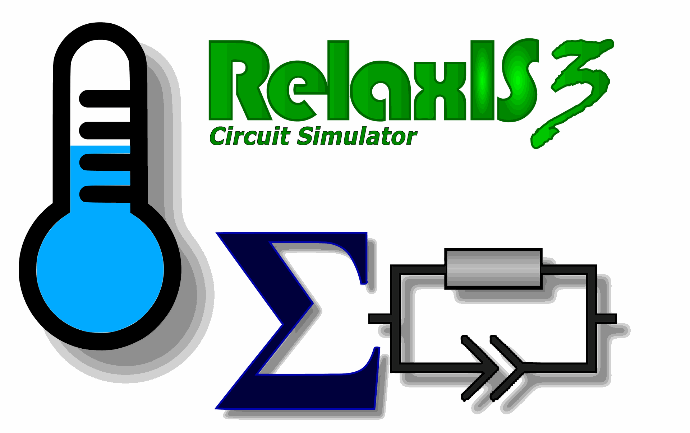

Permanent or TLL License options
RelaxIS is available with two license models. Both licenses are floating licenses, that allow the installation on an unlimited number of machines, with simultaneous use on 1 machine per license.
- One-time purchase, permanent license for the current major version (RelaxIS 3)
- Purchase of a time-limited license (i.e. 12 month) without automatic renewal
Both models include updates for the current major version (RelaxIS 3).
Request a TLL
Request a Time Limited License with all RelaxIS features activated.
Download
Download the latest RelaxIS version from the web.
Install it
Install RelaxIS in any computers you need (only 1 user at the same tame)
Enjoy fitting
Try all RelaxIS features for a month and enjoy fitting.
Our References
We are in good company.


